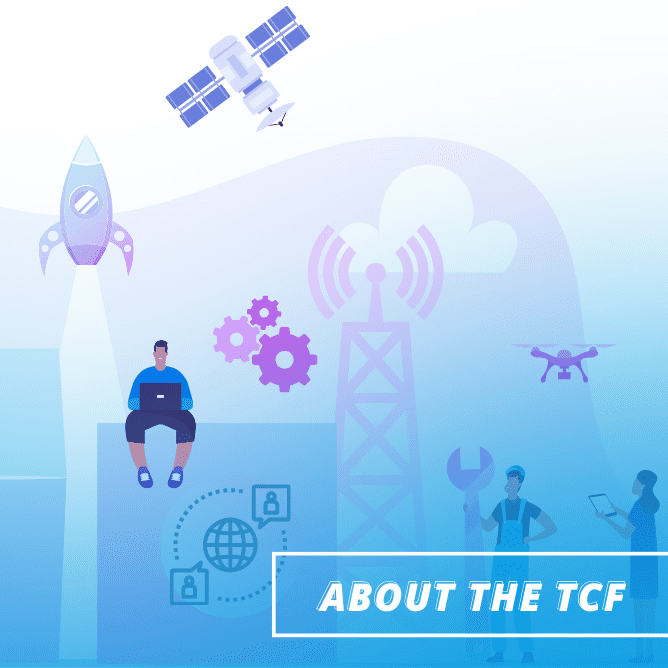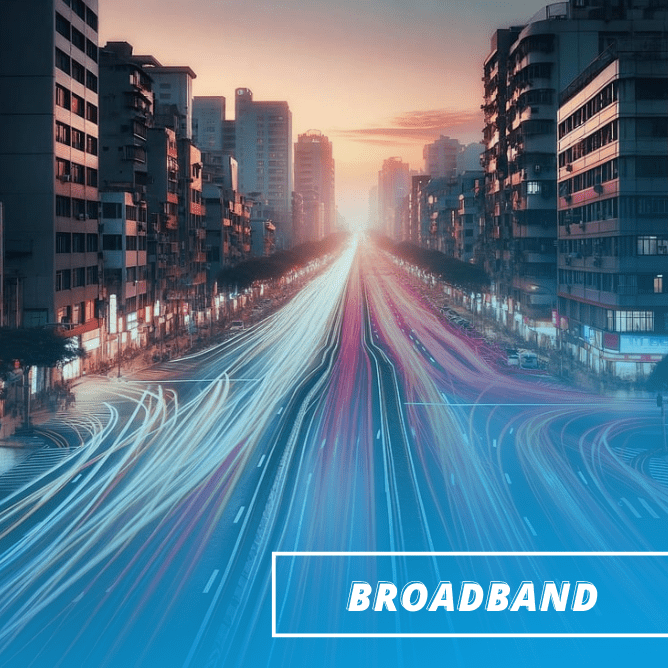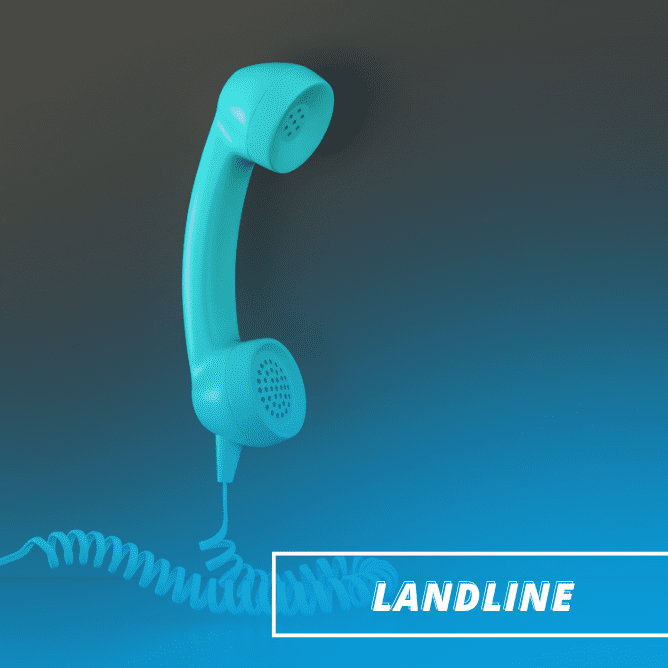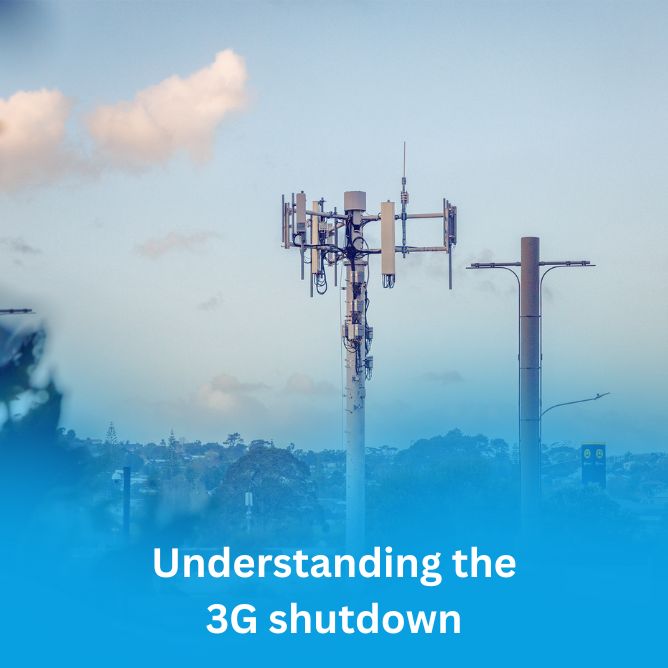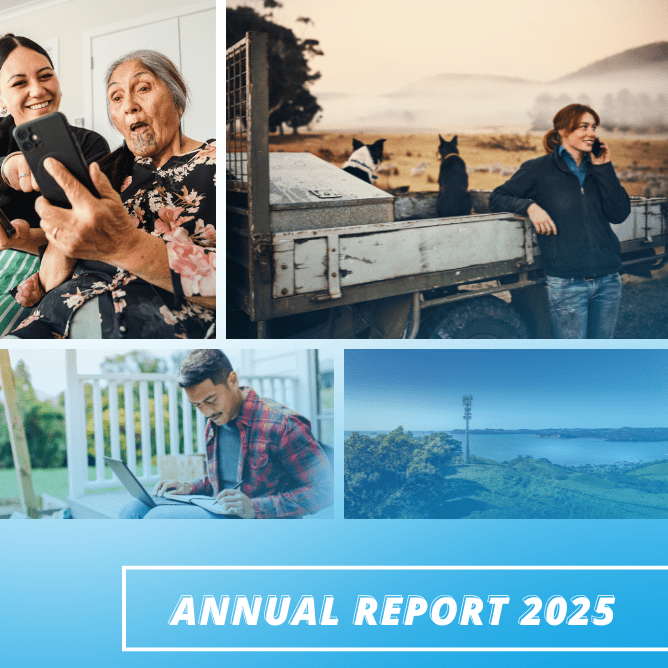In today’s world telecommunications is an essential service delivered over critical infrastructure. Emergency events can cause disruption to our lives, making staying connected during these critical times more important than ever. Understanding the challenges of technology during an emergency event and taking preparation steps can help you stay connected to loved ones, emergency services, and access vital information.
The telecommunications sector works closely alongside other critical infrastructure providers to restore service and make the networks more resilient in the case of emergency events. If communication networks are affected though, being informed and prepared can make a big difference. Check out our factsheet to find out more about how you can get prepared.
TCF Factsheet – Communications During an Emergency
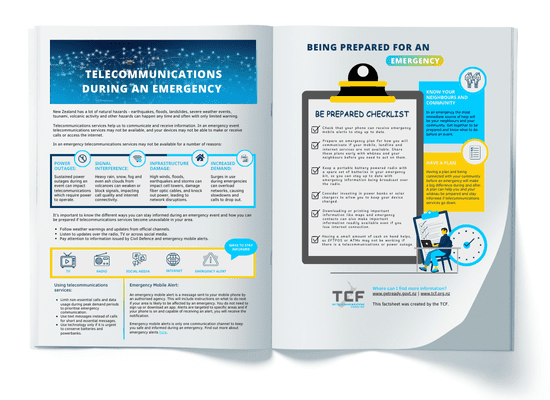

Emergency events and telecommunications
There are several ways in which extreme weather events or natural disasters can affect the operation of both mobile and fixed line communications networks used by New Zealanders.
- Signal Interference: Heavy rain, snow, fog and even ash clouds from volcanoes can weaken or block signals, impacting call quality and internet connectivity.
- Infrastructure Damage: High winds, floods, earthquakes and storms can topple cell towers, damage fiber optic cables, and knock out power, leading to network disruptions.
- Increased Demand: Surges in use during emergencies can overload networks, causing slowdowns and calls to drop out.
In the face of these, often unexpected events, no public utility is 100% completely infallible – whether that is roading infrastructure, telecommunications, energy, or water. During these events outages can occur because the networks powering them are themselves without power, and in some situations cut off from the rest of the network.
Why telecommunications require electricity to operate
While telecommunications providers actively plan for emergencies and natural disasters, these services may become unavailable for several reasons, such as direct damage to a site or power supply being interrupted. Mobile cell towers are connected by fibre to the mobile operator’s core network which is how your text, data or voice call then connects with wider networks, and how your text message or call gets from the closest cell tower out into the wider network.
All of this is powered by electricity, so if the fibre is cut along any of those routes, or the power goes out, the cell tower is offline. In the same way, this is how internet services over fixed line networks experience outages – cabinets require power to operate and fixed line connections can be damaged.
Copper versus Fibre networks
Fibre is demonstrably more resilient than copper. It is a robust technology that is used around the world every single day to handle billions of interactions. Customers on fibre are less likely to experience faults than customers on copper as it is older and more susceptible to day-to-day damage. Fibre is also easier to repair than copper and can survive earthquake and water inundation in situations that would destroy the copper lines.
While some copper broadband and landlines will continue to work even when there is a power outage, for the most part they will also go down once the batteries running the local street-side cabinet runs out. Unfortunately, when power networks are out for long periods of time, this inevitably affects all forms of communications networks.
The role of batteries and generators in providing short-term back-up support
The batteries within a mobile tower or cabinet are designed to keep infrastructure going only for a short period of time, such as when a street or suburb is without power. However, these are not intended for long-term power outages containing only have about 4-8 hours of power in them.
Mobile cell towers and fixed line cabinets have batteries installed to provide back-up power in an emergency, but with only so many able to be kept in the space available on any one site, they are essentially a short-term fix until power is restored, or a diesel generator can be installed. Generators must also be refueled on average every eight hours, an activity which can be impacted if roads are closed or blocked.
Building resilience into the telecommunications network is important, network operators are continually investing in new battery and monitoring technology, automated power management, mobile exchanges on wheels, as well as other newer technologies like satellite to provide mobile backhaul.
The opportunities provided by satellite
The rise of satellite technology is enabling alternate forms of connection and provides additional resilience in the face of extreme natural events. Satellite still however requires power to run and requires fibre backhaul to a landing station, so if that fibre is damaged then satellite coverage can also go down. Network operators have been deploying a number of satellite backhaul solutions across the North Island to fill in for fibre in the event the fibre routes are damaged. These include mobile cell sites that have satellite capability for specific deployment in affected areas.
111 Calling
111 calling is free of charge for genuine calls and is accessible to all New Zealanders who are connected to a public telecommunications network. Mobile customers can make 111 emergency calls over any available mobile network.
How you can prepare for disruptions to telecommunications networks
- Stay informed by following weather warnings and updates from official channels and check that your phone can receive emergency mobile alerts to stay up to date in the face of extreme natural events. Listen to updates from the radio and pay attention to advisories from civil defence.
- Plan ahead by considering how you will communicate if your mobile, landline and internet services are not available. Take the time to prepare an emergency plan and communicate early with whanau about your plans before you need to act on them.
- Keep a portable battery powered radio with a spare set of batteries in your emergency kit, so you can stay up to date with emergency information.
- Consider investing in power banks or solar chargers to allow you to keep your device charged. An uninterruptible power supply (UPS) can keep telecommunications services available for a period of time after a loss of power.
- Download or prin important information like maps, emergency contacts, and offline apps can also make important information readily available on your device even if you lose internet connection.
- Consider investing in power banks or solar chargers to allow you to keep your device charged. An uninterruptible power supply (UPS) can keep telecommunications services available for a period of time after a loss of power.
- Conserve resources by limiting non-essential calls and data usage during peak demand periods to prioritise emergency communication and keep connected with neighbors and community resources for support and updates. Use text messages instead of calls for short and essential messages.
- Finally, Emergency services, mobile, landline and internet service providers will be working hard to reconnect you, but it may take time so be prepared.

